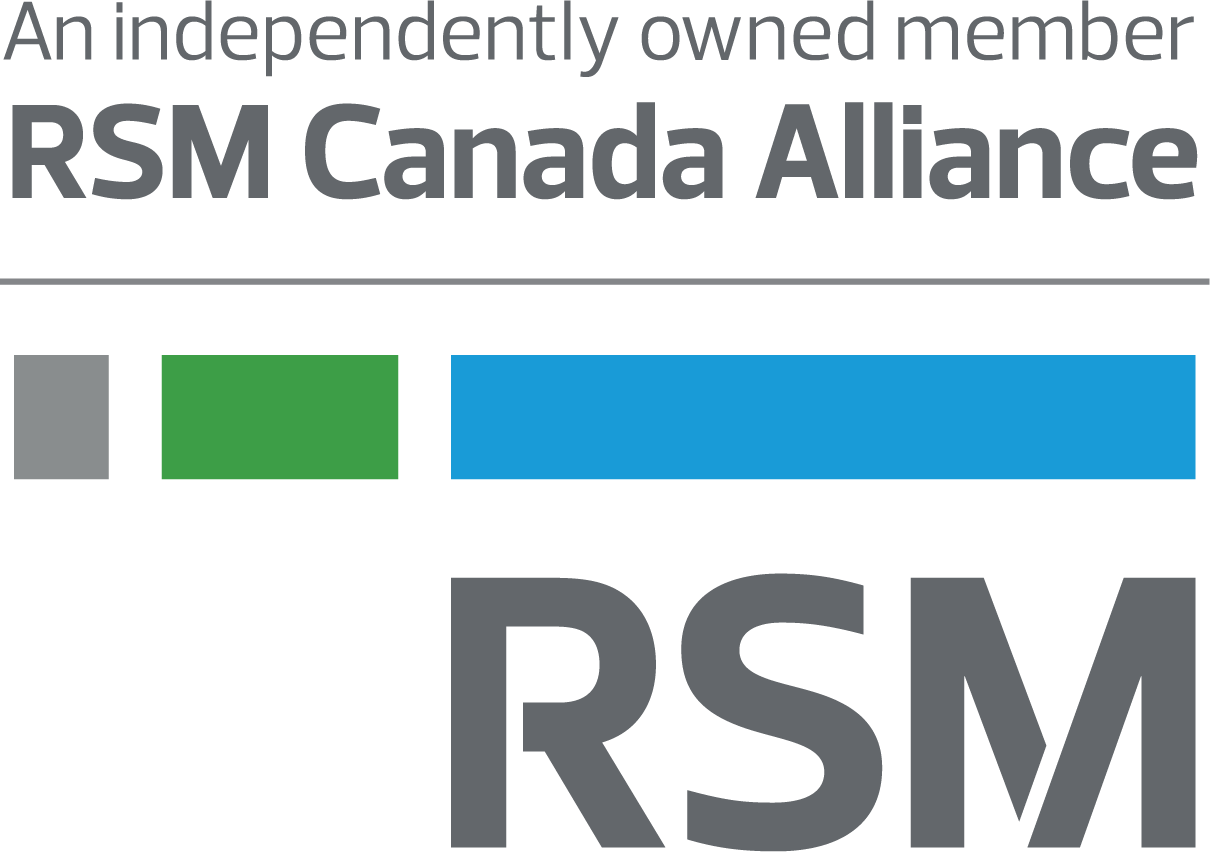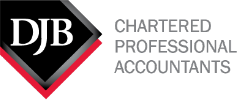Not for Profit organizations often have lean operational budgets. They want to put as much of their resources as possible into fulfilling important missions. But a nonprofit that struggles with its operations will soon find itself with limited mission impact as well.
As such, it is vital that nonprofits be as efficient as possible. Their operations must be as smooth, or even smoother, than their counterparts in the for-profit world. Gone are the days when Not for Profit entities could get away with substandard operational practices.
But there are paths to operational efficiency that are cost-neutral or better. Nonprofits can improve their operational efficiency by undertaking four key actions:
- Eliminate
- Automate
- Outsource
- Enhance
Each of these actions is crucial to increasing an organization’s impact and should be looked at individually.
Eliminate
It can feel intimidating to look at an organization’s structure and say, “What can we cut?” This sensation of being overwhelmed is one reason why so many nonprofits never address their processes or methods.
So don’t do it—or rather, avoid trying to overhaul your entire organization all at once. Instead, take inventory of your key tasks and systems. Look for small changes. Are there steps that were once necessary but are now irrelevant? Are certain activities redundant or needlessly complex?
It is unlikely that every process or every task is important, or even necessary. For example, one nonprofit had a policy that three separate people had to approve a certain report. But it became clear that the last reviewer was just a rubber stamp, and two rounds of approval were sufficient. Eliminating that final round of approval created a substantial gain in efficiency, and importantly, it did so without sacrificing internal controls.
Once the philosophy of eliminating the unnecessary takes hold, an organization can tackle the bigger issues. Another nonprofit, for instance, had four different departments that were essentially walled off from one another. That meant four siloes with four entirely different processes for accomplishing one goal. Eliminating the silo mentality provoked an efficiency boom in the organization, with no drop-off in quality.
Therefore, be brutally honest when eliminating those activities that have outlived their usefulness. By rejecting redundancy, your organization becomes more efficient, and employees will find a greater sense of purpose in their jobs.
Automate
Consider the case of the Not for Profit organization that published a special report every 90 days. The data was important to the organization’s mission, but because it took 90 days to compile, by the time the report came out, it contained nothing but old data. As such, the organization’s employees were taking a great deal of time and effort to provide instantly obsolete information.
Today, that organization creates a new report daily, so every morning the nonprofit’s leaders have access to the latest data. But it wasn’t magic that turned 90 days of labour into a few hours of work. It was automation.
There are certain tasks where the human touch is essential and cannot be replaced. For the other tasks, however, automation can speed up processes and eradicate tedious work. Nonprofits should embrace technological solutions as much as possible to automate their processes.
Standardizing processes and adding controls for critical data will help nonprofits support their members and donors. Speed to insights is essential. Not for Profite entities need to align their data strategy, governance, centralization and self-service initiatives to achieve innovative data maturity.
Data inputs, advanced calculations, information consolidation—all of these and more are functions that can be automated. Changing manual tasks into automated procedures will increase data accuracy, enhance the ability of leaders to make informed decisions and allow staff members to focus more on their core jobs.
Enterprise resource planning (ERP) systems, customer relationship management (CRM) systems and association management systems (AMS) can help nonprofits take advantage of the latest technological options, saving a tremendous amount of human effort and personnel costs. Whatever technology an organization adopts, it needs to optimize the system to its own unique needs.
It’s not just about having the latest and greatest systems. It’s about using those systems to the best of the nonprofit’s ability. The goal is for staff members to view repetitive, boring tasks as a thing of the past, letting the machines take over.
Outsource
While your staff members may be great at fulfilling the missions of your nonprofit, they probably aren’t experts at converting a database to the cloud or troubleshooting tech issues. And they don’t have to be.
Outsourcing your information technology can free your staff members from moonlighting as “accidental techies” (as they are affectionately known in the nonprofit world), while enhancing the effectiveness of your IT platform. A managed services provider (MSP) can offer experienced professionals who are knowledgeable about the latest tech developments. Outsourced IT advisors can often solve problems faster than nonprofit staff who are not as well-versed in IT. And more important, these professionals can suggest upgrades, monitor cyber threats, and utilize advanced features that minimize the chances of those problems occurring in the first place.
Information Technology (IT) is the most common function that Not for Profits outsource, but there are other areas in which an MSP can be invaluable. Many providers offer finance and accounting outsourcing (FAO), in which experienced professionals handle the books, provide enhanced financial reporting, and look for the best ways to maintain the organization’s finances. Some nonprofit organizations also outsource parts of their human resource departments, streamlining their HR functions.
A premier MSP offers not just plug-and-play solutions, but actively engages with the nonprofit’s brain trust to transform the organization. In such cases, a nonprofit can work with an interim chief financial officer or chief information officer to hone its overall approach.
Whether the Not for Profit organization adopts IT, FAO, HR or strategic outsourcing, the MSP’s professionals will typically offer advanced tools and present best practices that they have learned by working with other clients. Another key benefit of working with an MSP is the ability to scale up or down at each level of expertise, depending on the organization’s needs. For such reasons, outsourcing has the potential to create a tremendous return on investment.
Enhance
Your nonprofit does something better than any other organization, which is why donors make contributions, sponsors sign up and staff members work so hard. But the final key to increasing your impact is to aim higher than maintaining those standards. The goal is to enhance, refocus and double down on your differentiators.
Of course, by virtue of eliminating, automating and outsourcing where possible, the tasks that remain are essential by default. As such, these are the core critical elements of your nonprofit, and you can achieve optimal efficiency by devoting more resources to those mission-specific activities.
Consider the time and money your organization has saved, and invest those newfound reserves into driving your mission forward. Keep in mind that with improved systems now in place, your Not for Profit organization will have better data, smoother workflows and more energized employees to tackle challenges.
Good governance and insightful analytics build trust within your organization. To maintain effective communication, partner with the different areas of your nonprofit to understand the downstream and upstream impact of changes in your data and reporting demand. Align your data and reporting strategy with your team’s key data elements to produce quality analytics.
At this stage, it’s not about making fundamental changes or altering your procedures. Rather, it is about honouring your nonprofit’s vision. Enhancing your nonprofit means being open to new ideas while maintaining a strong focus on achieving your organization’s objectives.
In summary, Not for Profit entities can eliminate, automate, outsource and enhance their way to improved operational efficiency. Doing so greatly increases the odds that they will make a significant impact and continue to fulfill their missions.
This article was written by Matt Haggerty, Joy Cruz, Morgan Diestler, Jacob Petraitis and originally appeared on Jul 14, 2022 RSM Canada, and is available online at https://rsmcanada.com/insights/industries/nonprofit/increasing-a-nonprofits-impact-through-operational-efficiency.html.
RSM Canada Alliance provides its members with access to resources of RSM Canada Operations ULC, RSM Canada LLP and certain of their affiliates (“RSM Canada”). RSM Canada Alliance member firms are separate and independent businesses and legal entities that are responsible for their own acts and omissions, and each are separate and independent from RSM Canada. RSM Canada LLP is the Canadian member firm of RSM International, a global network of independent audit, tax and consulting firms. Members of RSM Canada Alliance have access to RSM International resources through RSM Canada but are not member firms of RSM International. Visit rsmcanada.com/aboutus for more information regarding RSM Canada and RSM International. The RSM trademark is used under license by RSM Canada. RSM Canada Alliance products and services are proprietary to RSM Canada.
 |
DJB is a proud member of RSM Canada Alliance, a premier affiliation of independent accounting and consulting firms across North America. RSM Canada Alliance provides our firm with access to resources of RSM, the leading provider of audit, tax and consulting services focused on the middle market. RSM Canada LLP is a licensed CPA firm and the Canadian member of RSM International, a global network of independent audit, tax and consulting firms with more than 43,000 people in over 120 countries.
Our membership in RSM Canada Alliance has elevated our capabilities in the marketplace, helping to differentiate our firm from the competition while allowing us to maintain our independence and entrepreneurial culture. We have access to a valuable peer network of like-sized firms as well as a broad range of tools, expertise, and technical resources.
For more information on how DJB can assist you, please contact us.
|












